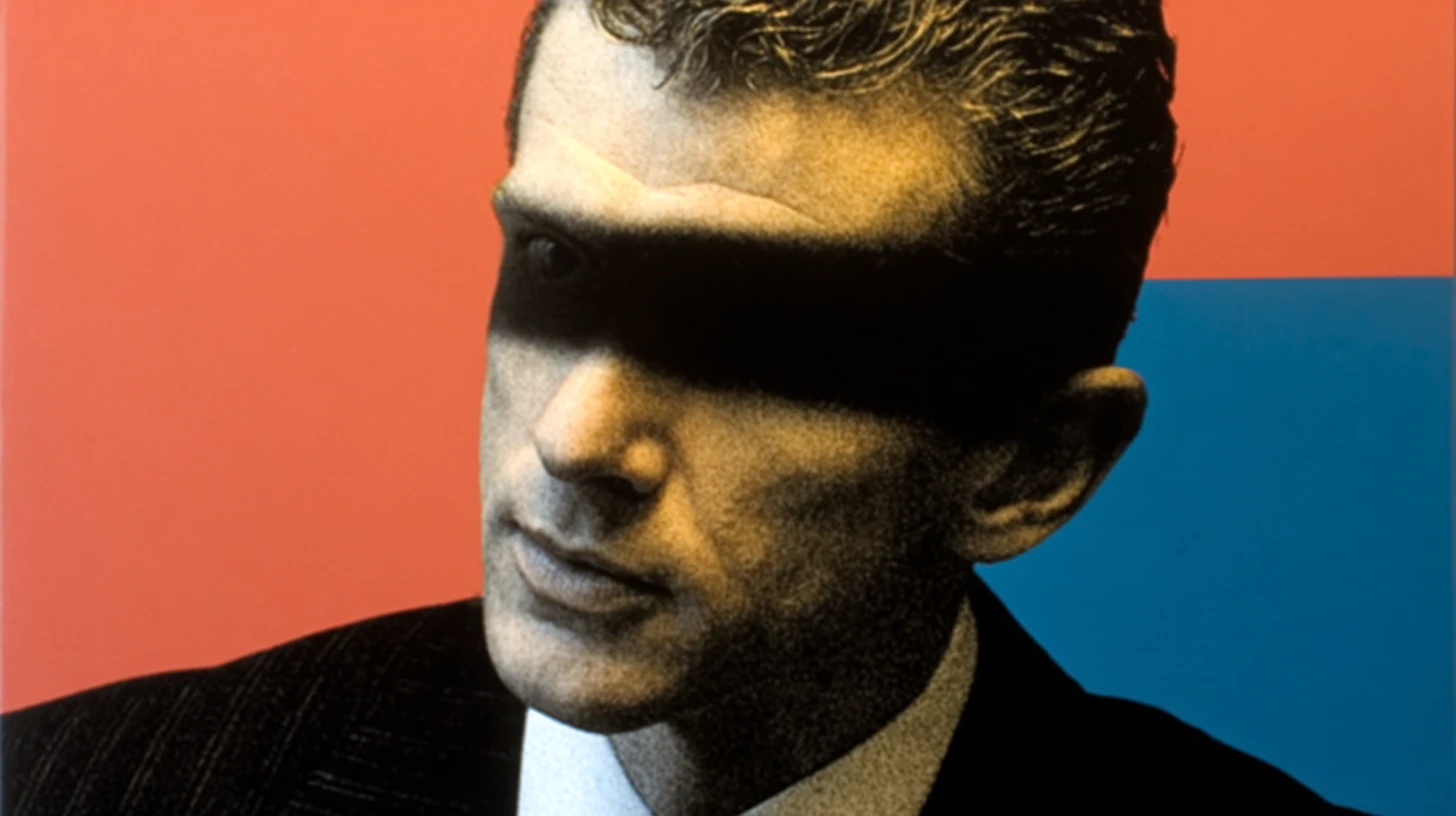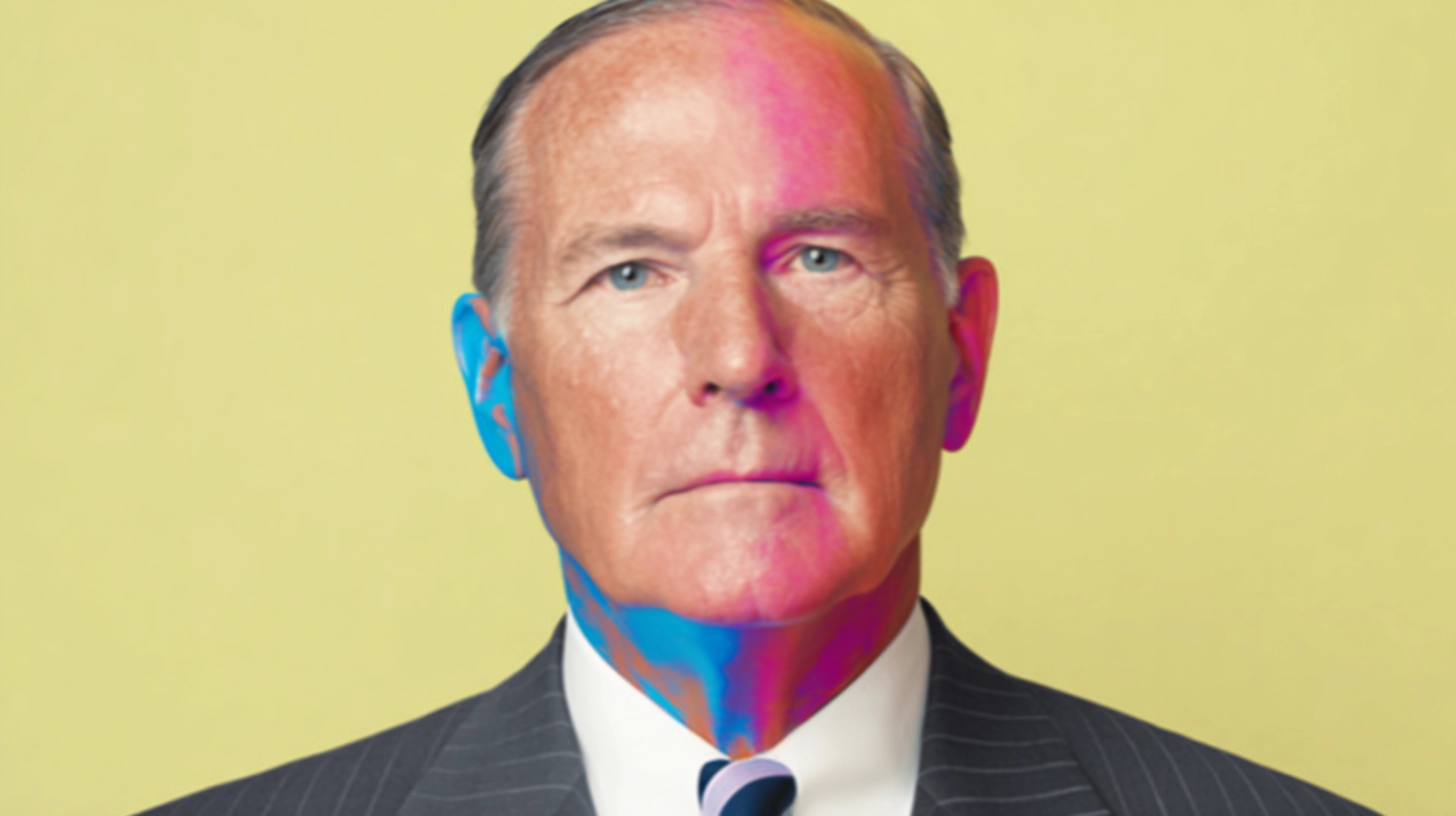.webp)
© History Oasis

Co-CEOs, 1982-1988
When Connecticut General and INA merged in March 1982 to become Cigna, Robert D. Kilpatrick of Connecticut General and Ralph Saul of INA became its first joint CEOs.
This unusual arrangement wasn’t idealism, but a necessity. Both men led powerful insurance empires with proud histories, and neither company would accept second billing.
The partnership started out rocky. The new company got off to a difficult start because of a declining economy in the early 1980s, but the anticipated economies of scale did materialize, and the company continued to expand.
Kilpatrick and Saul had to merge not just balance sheets but cultures, egos, and competing visions. Philadelphia became the headquarters in 1983, a compromise that pleased neither camp.
The joint leadership lasted until 1988, when Kilpatrick retired. His departure ended the dual-CEO experiment.

1988-2000
William Taylor was the ultimate company man. He had joined Connecticut General in 1964, was named chief financial officer upon the formation of Cigna in 1982, and had become CEO in November 1988. For 24 years, he climbed steadily through finance roles, learning the insurance business from the inside.
As CEO, Taylor thought Cigna tried to do too much. The company sold everything from property insurance to retirement plans, spreading itself too thin across too many markets. Taylor decided to strip the company down to its core.
Taylor and his successor worked together to reorganize Cigna from a multiline insurer to an employee benefits specialist.The two reached their goal primarily by shedding other businesses, such as Cigna’s property and casualty businesses, in a $3.45 billion sale to ACE Limited. He sold billions in assets and refocused Cigna on health insurance and employee benefits. Wall Street loved it. The company became leaner, meaner, and more profitable.
Taylor handed off a completely different company than the one he inherited.

CEO, 2000-2009
Hanway started at the bottom. His first job was at INA in 1978 as an assistant controller. No corner office, no fast track. Just spreadsheets and long hours.
He began as an assistant controller in the company’s special risk division and rose through the ranks, taking on management and finance roles of increasing responsibility.
By 2000, he reached the top.
Hanway became CEO just as the healthcare industry entered crisis mode. Medical costs soared. Profits sagged. In the fourth quarter of 2001, Cigna reported that its net income had decreased 31 percent owing to restructuring charges.
Hanway cut deep. In November 2003, he continued the downsizing of the company by selling Cigna’s retirement services business to Prudential for $2.1 billion. He wrote to employees, warning that changes would be painful. They were.
Then came his exit. The insurance giant Cigna gave compensation packages worth more than $120 million to two executives who left the company.
The vast majority went to former chairman and CEO H. Edward Hanway, who left his post with a retirement package worth $110.9 million.

2009-Present
David Cordani joined Cigna in 1991 and, prior to his appointment as president of Cigna HealthCare in 2005, served as president of Health Segments for Cigna HealthCare and as senior vice president and chief financial officer of Cigna HealthCare.
At 43, Cordani became CEO of the insurance giant.
He moved fast.
His biggest bet came in 2018 when he engineered the $67 billion acquisition of Express Scripts, the pharmacy benefit manager. The deal transformed Cigna from a health insurer into a vertically integrated healthcare giant controlling both insurance and drug benefits.
Then there’s his pay. According to an analysis by STAT using actual realized gains, in 2021, Cordani’s total compensation from Cigna was over $91 million, more than any other insurance company executive. That number sparked outrage. Cigna Group disclosed its CEO’s pay was 280 times its median employee’s pay for the fiscal year ending in 2023.
Critics argue the stock hasn’t justified the compensation. Cigna has been paying Mr. Cordani record-high compensation, while the company’s stock has underperformed. Notably, since Cordani became CEO, Cigna’s stock has performed worse than its peers for 10 out of the 14 total years, including 5 of the last 6 years. Cordani might become the first billionaire executive who never founded a company or invented a product—just collected paychecks.
Cordani defends his tenure by pointing to growth. Under his leadership, Cigna expanded to 180 million customer relationships worldwide. The company rebranded as The Cigna Group. Revenue climbed into the hundreds of billions.
In 2025, facing public pressure after the murder of UnitedHealthcare’s CEO, Cigna announced it was tying compensation for senior leadership directly to customer satisfaction. Whether that changes anything remains to be seen. For now, Cordani continues leading one of America’s largest health insurers, collecting historic compensation while navigating an industry under siege.